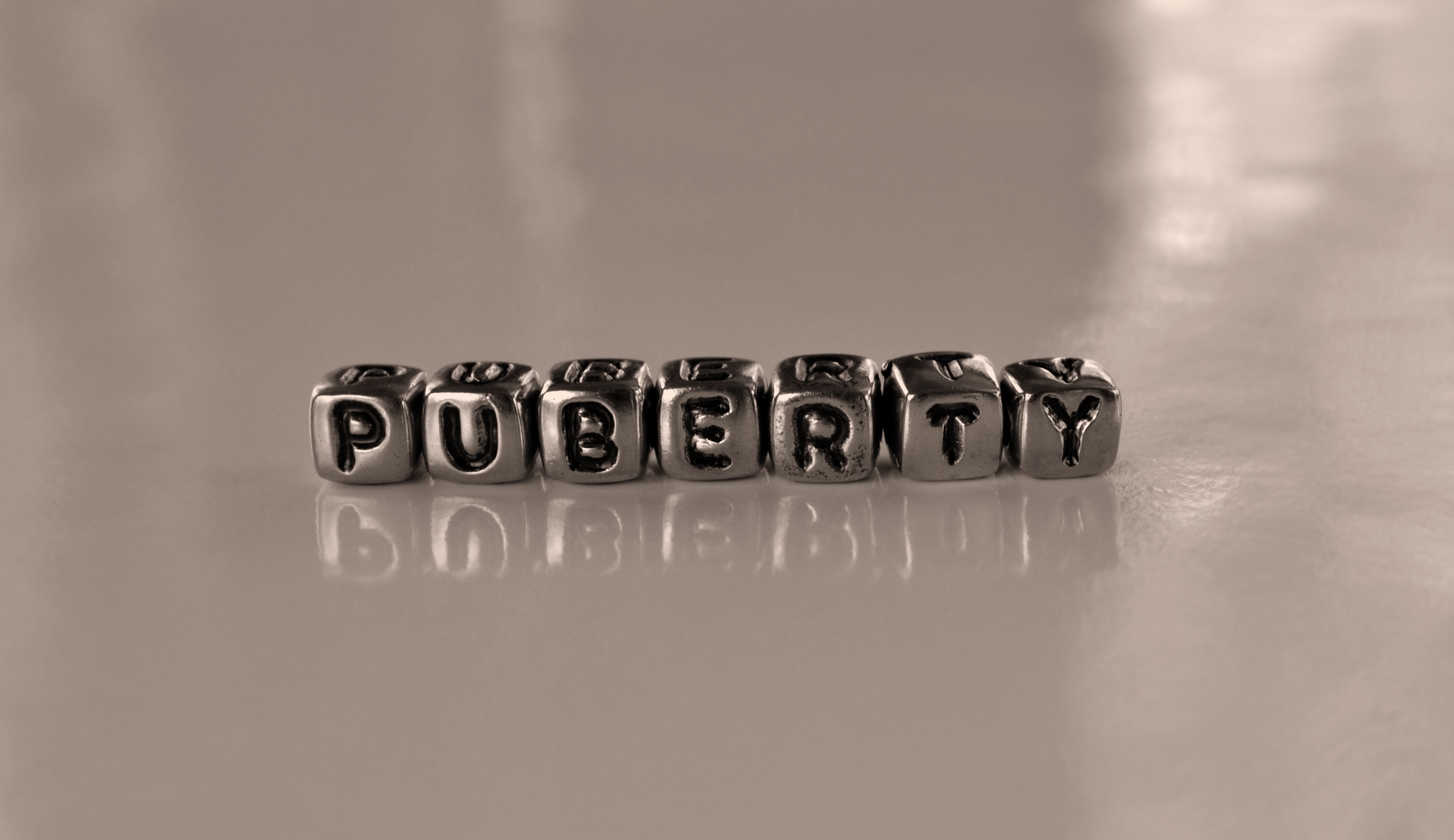Understanding Male Puberty: Key Developmental Stages
This article explains the key stages of pubertal development in boys, covering physical, emotional, and psychological changes from early adolescence to full maturity. It highlights the typical ages, developmental milestones, and the importance of supportive understanding during this transformative period for boys and their guardians.

Puberty is a significant phase in a boy's growth, marking the transition from childhood to adolescence and preparing the body for reproductive functions. This process occurs in distinct stages, each involving physical, emotional, and psychological changes. Generally starting between ages 9 and 14, puberty is driven by hormonal shifts, especially increased testosterone levels. The hypothalamus signals the pituitary gland, which stimulates the testes to produce necessary hormones, guiding this developmental journey.
Stage 1: Prepubertal Phase
This initial stage, known as Tanner Stage 1, happens before any visible signs of puberty. Hormonal activity remains at prepubertal levels, with no noticeable physical changes. Boys maintain a childhood physique during this period.
Stage 2: Beginning of Physical Changes
Usually occurring between ages 9 and 14, this stage introduces visible changes such as:
Early pubic hair growth: Light, sparse hair appears in the pubic area.
Growth spurts: Boys may experience slight increases in height and weight.
These changes may take months or years to fully develop.
Stage 3: Rapid Growth and Maturation
Between ages 11 and 16, boys experience significant physical development:
Height and muscle mass increase rapidly.
Voice deepens as the larynx enlarges, sometimes causing voice cracking.
Facial and body hair appear, including hair on the upper lip, cheeks, chin, and underarms.
Stage 4: Continued Development
Typically between ages 13 and 17, maturation advances with:
Skin changes such as acne resulting from increased oil production.
Further voice deepening and stabilization.
More muscular growth, improving strength and endurance.
Stage 5: Complete Maturation
Reaching around ages 14 to 18, this stage signifies full physical maturity:
Final height is achieved, with possible slight growth into early twenties.
The voice fully settles.
Body hair distributions reach adult patterns including facial and underarm hair.
Spermatogenesis is fully functional, marking reproductive capability.
Emotional and psychological shifts are equally important during puberty. Mood swings, emotional sensitivity, and self-identity issues are common. Social relationships and body image awareness also evolve during this time.
Understanding these stages helps boys and guardians navigate puberty effectively. Support through physical, emotional, and psychological changes fosters healthy development and confidence. Remember, each boy's pubertal journey is unique—patience and understanding are key to a positive transition into adulthood.
Disclaimer:
The information provided on symptoms, treatments, and health conditions serves educational purposes only. It is not intended as medical advice. Always consult qualified healthcare professionals for medical concerns or guidance.









